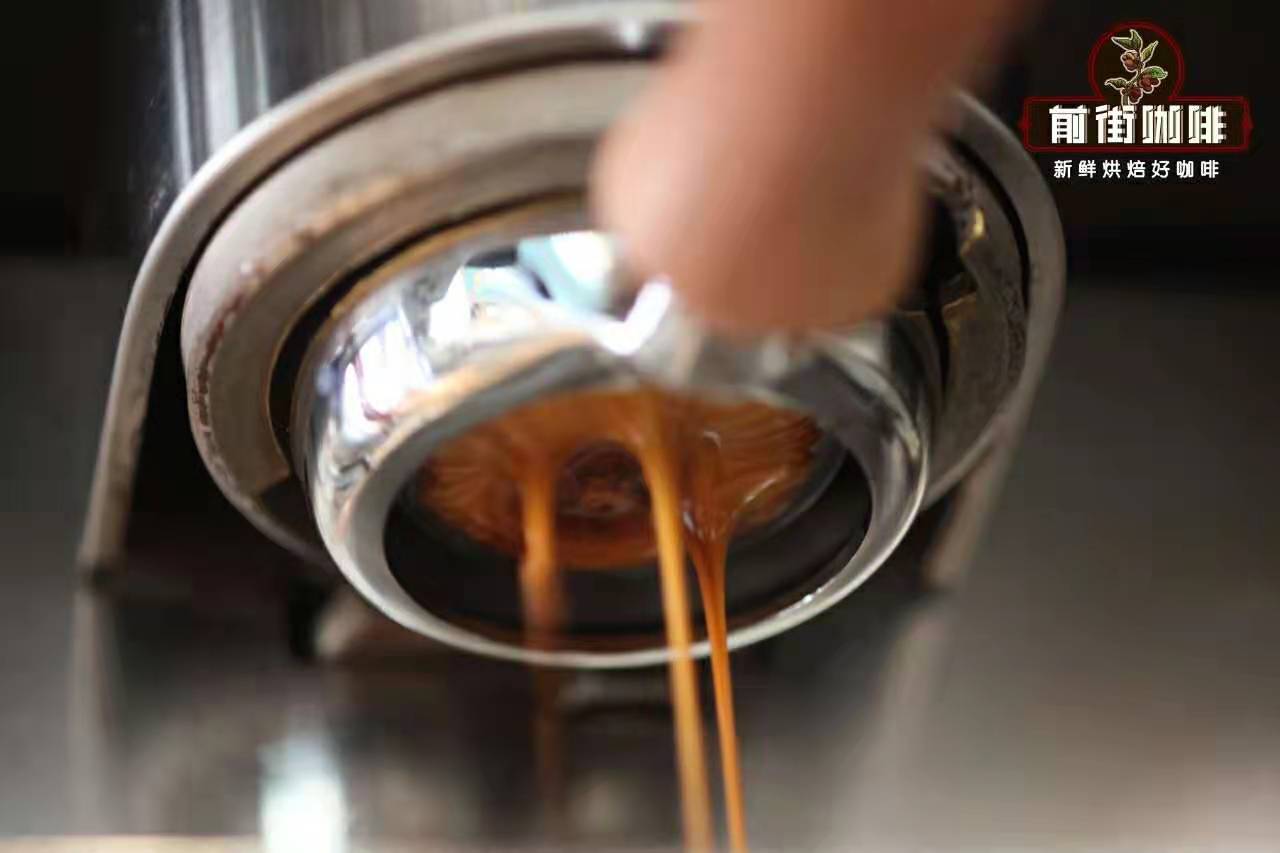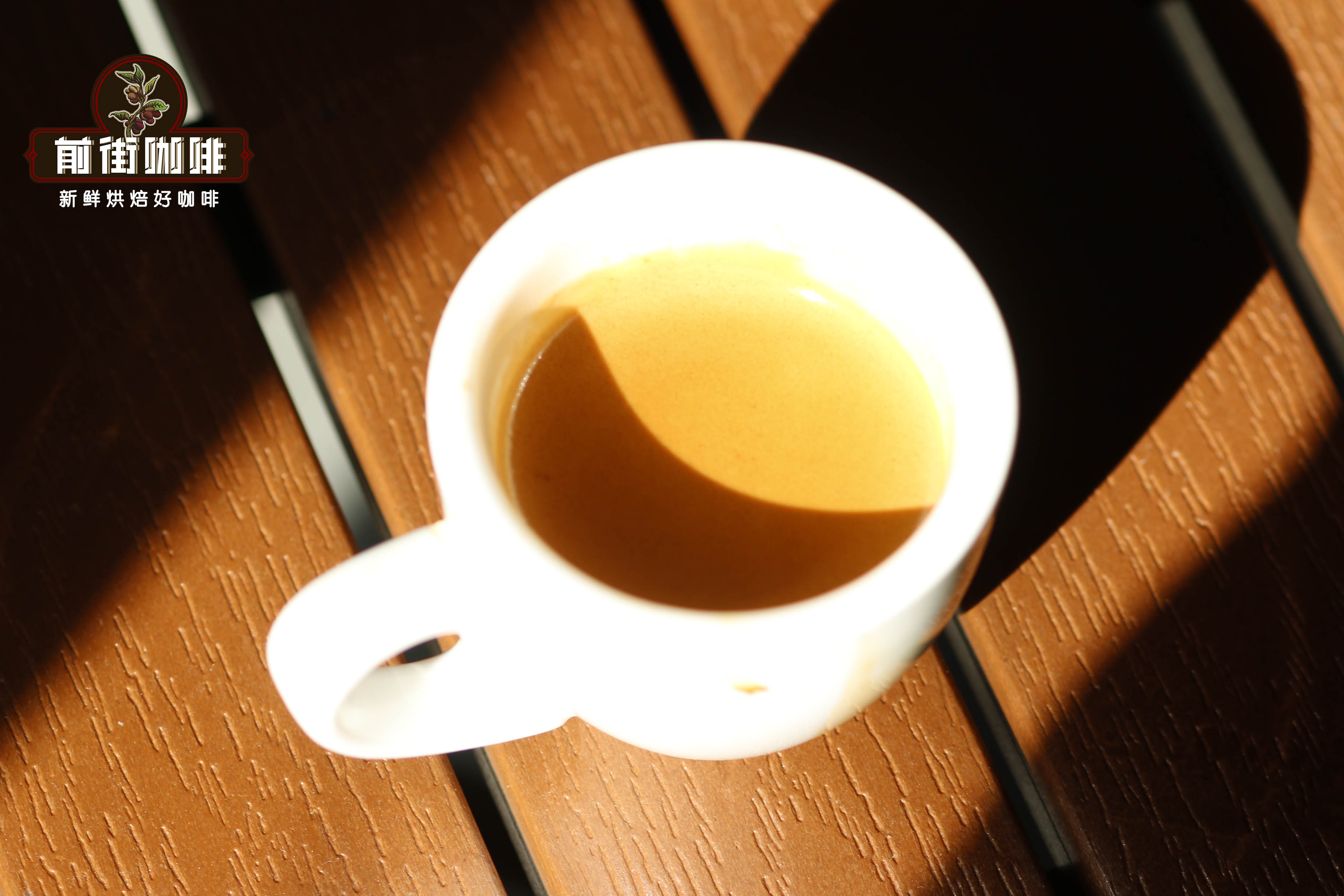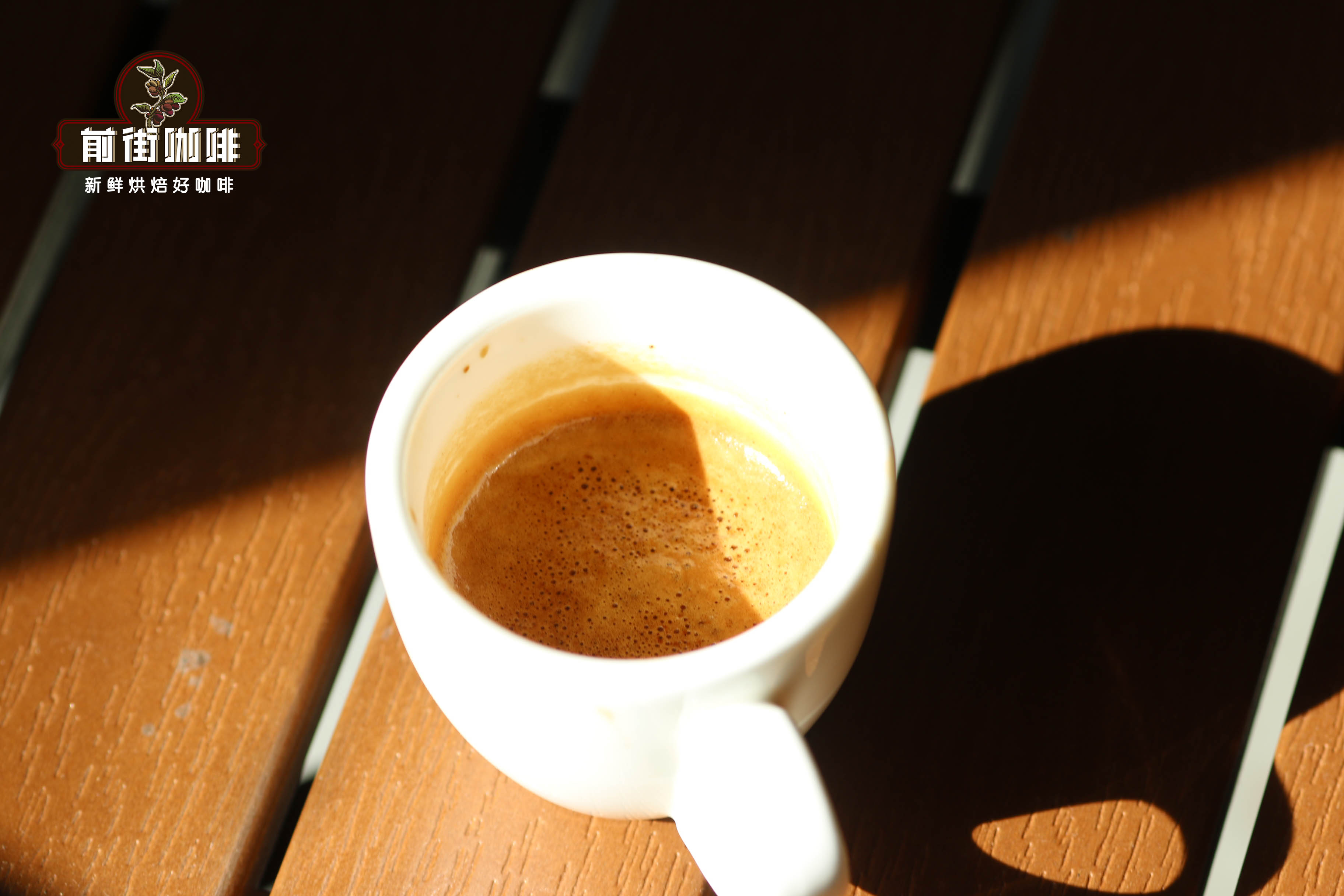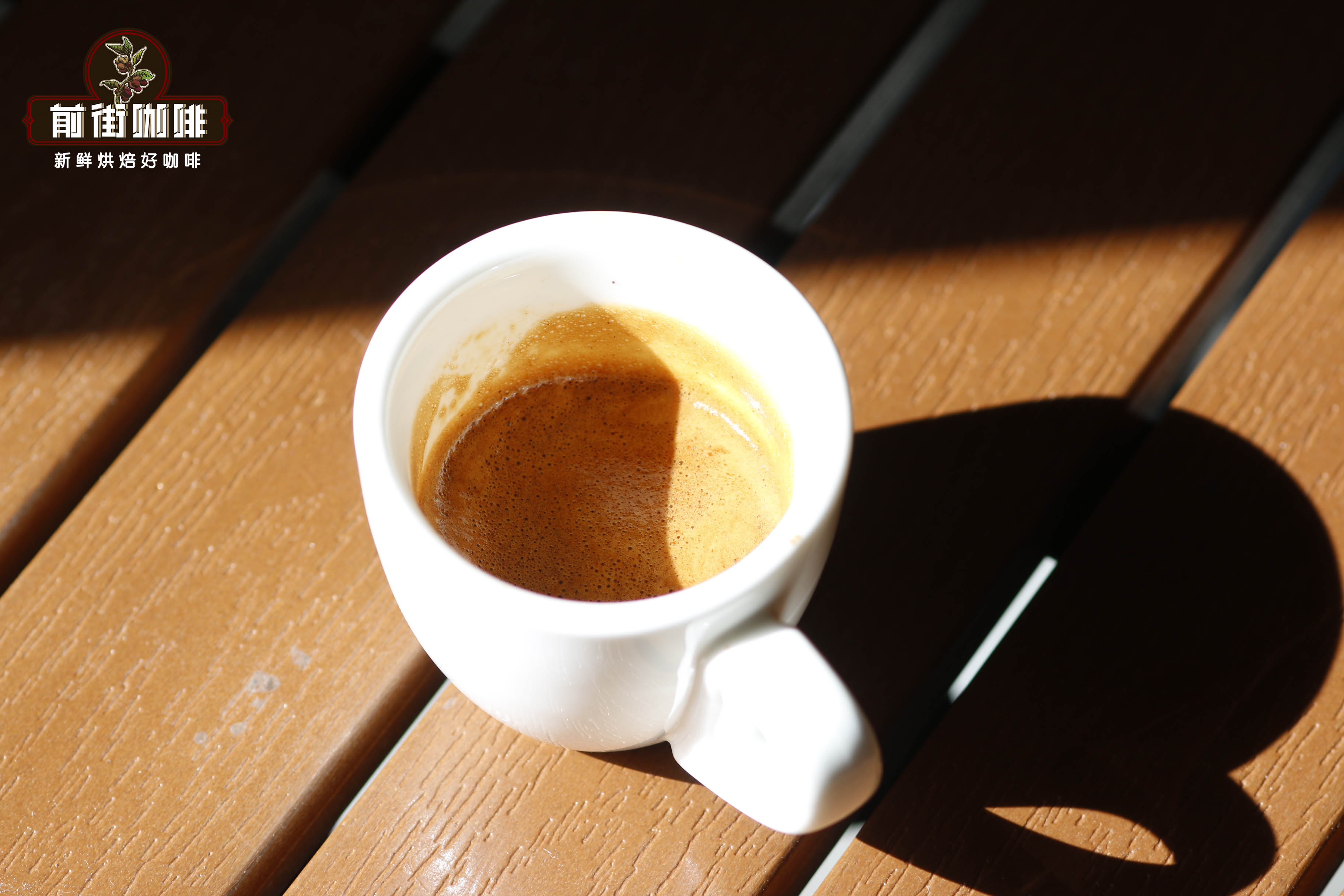What is the espresso grease Krima? The reason why the Crema oil of Italian coffee can't come out.
Espresso is not a common coffee for consumers, and most people still choose American coffee, latte and Flat White. However, these well-heard coffee drinks can not get around espresso.

Espresso espresso is a very small cup of coffee, which can be finished in two or three mouthfuls. Its flavor is so strong that it is difficult for many people to accept. Small cups and strong flavor are the reasons why espresso has a small audience in China, but lattes with milk and American coffee with water are very popular. The appearance of espresso in the cup is black espresso at the bottom, with a layer of golden coffee oil floating on top.

Is the coffee grease oil? As we all know, peanut oil is extracted from peanuts, and the surface of deep-roasted coffee beans will be greasy. So what is the oil layer of espresso pressed by a coffee machine? Italians will call the upper layer "Crema", and this unique and rich layer of Crema can only be made by an Italian coffee machine, the key lies in the pressure. Espresso will produce a 9bar water pressure to "squeeze" the coffee pressed powder. Because the carbon dioxide in the coffee powder is under too much pressure, the water is supersaturated to the carbon dioxide, so the carbon dioxide can not be released, so it is directly integrated into the coffee liquid.

And in the process of extraction will emulsify the fat in the coffee, these fat will be wrapped in carbon dioxide, because it is lighter than water, all will gradually delaminate, golden oil will appear on the surface, very beautiful. So this golden and delicate coffee oil is formed by the insoluble oil of coffee wrapped in carbon dioxide. Observe the state of the oil can judge whether the coffee extract is good or bad the normal coffee oil: the oil color is golden, the surface is delicate, the color is uniform. Shake in a creamy state.

Rough grease: the surface grease is rough, there are obvious bubbles, and dissipates quickly. This is due to the coffee beans are too fresh, fresh coffee beans contain a lot of carbon dioxide, when a large amount of gas is pressed into the coffee, coffee emulsified oil can not wrap the gas, it is easy to disintegrate.

Grease caking: the grease is dark and thick, caking occurs when it shakes. There are several possibilities for such a problem. It is possible that coffee beans contain robusta beans. Robusta coffee beans are very rich in oil, and the extracted coffee oil is very thick and prone to caking. It may also be a problem with extraction, such as grinding too fine and the coffee liquid too sticky. Another possibility is that the coffee beans are too fresh, and the fresh coffee beans are rich in oil, but they are also unstable and easy to dissipate.

The color of the oil is light and thin: the color of the oil is light yellow and white, and the oil is thin. There are also several possibilities. First, rough grinding or less powder, resulting in the flow rate is too fast, the color of oil will be light and thin. Second, the work of cloth powder and pressing powder has not been done well, resulting in a "channel effect". The third is excessive extraction, in the process of extraction, the color change of oil is brown-golden yellow-light yellow-white. The appearance of whitening is basically excessive extraction. Fourth, the coffee beans are out of taste.

Coffee oil can make espresso fuller and round. Espresso without Crema is soulless. When tasting espresso, rich Crema will wrap your tongue, making you feel fuller and more three-dimensional, and there is a strong coffee incense silent in the mouth, very comfortable.

Coffee oil Crema, as a symbol of Italian concentration, marks the characteristics of a cup of espresso, and the Crema appearance of a good cup of espresso also occupies a judging factor. The state of the oil also tells the barista how well the cup of coffee is extracted.
Important Notice :
前街咖啡 FrontStreet Coffee has moved to new addredd:
FrontStreet Coffee Address: 315,Donghua East Road,GuangZhou
Tel:020 38364473
- Prev

Ethiopian coffee bean grade introduction, why Ethiopian coffee beans are of different sizes?
Why do people usually buy Ethiopian coffee beans of different sizes? Even if it is the highest G1 coffee bean. Today I would like to explain to you why Ethiopian coffee beans are of different sizes. This involves Ethiopian coffee beans, and his grading has nothing to do with the size of coffee beans.
- Next

What's the best water to use to make coffee? The requirement of coffee water is how to make coffee water.
There are many things you can't turn back once you've tried, for example, if you taste hand-made coffee for the first time, if you fall in love with it at first sight, you won't be able to go back to the instant era. How many people can resist the temptation of a cup of coffee with fragrant flowers and sweet fruits? When you make your own coffee, you will more or less know that it is good to make a cup.
Related
- Beginners will see the "Coffee pull flower" guide!
- What is the difference between ice blog purified milk and ordinary milk coffee?
- Why is the Philippines the largest producer of crops in Liberia?
- For coffee extraction, should the fine powder be retained?
- How does extracted espresso fill pressed powder? How much strength does it take to press the powder?
- How to make jasmine cold extract coffee? Is the jasmine + latte good?
- Will this little toy really make the coffee taste better? How does Lily Drip affect coffee extraction?
- Will the action of slapping the filter cup also affect coffee extraction?
- What's the difference between powder-to-water ratio and powder-to-liquid ratio?
- What is the Ethiopian local species? What does it have to do with Heirloom native species?

